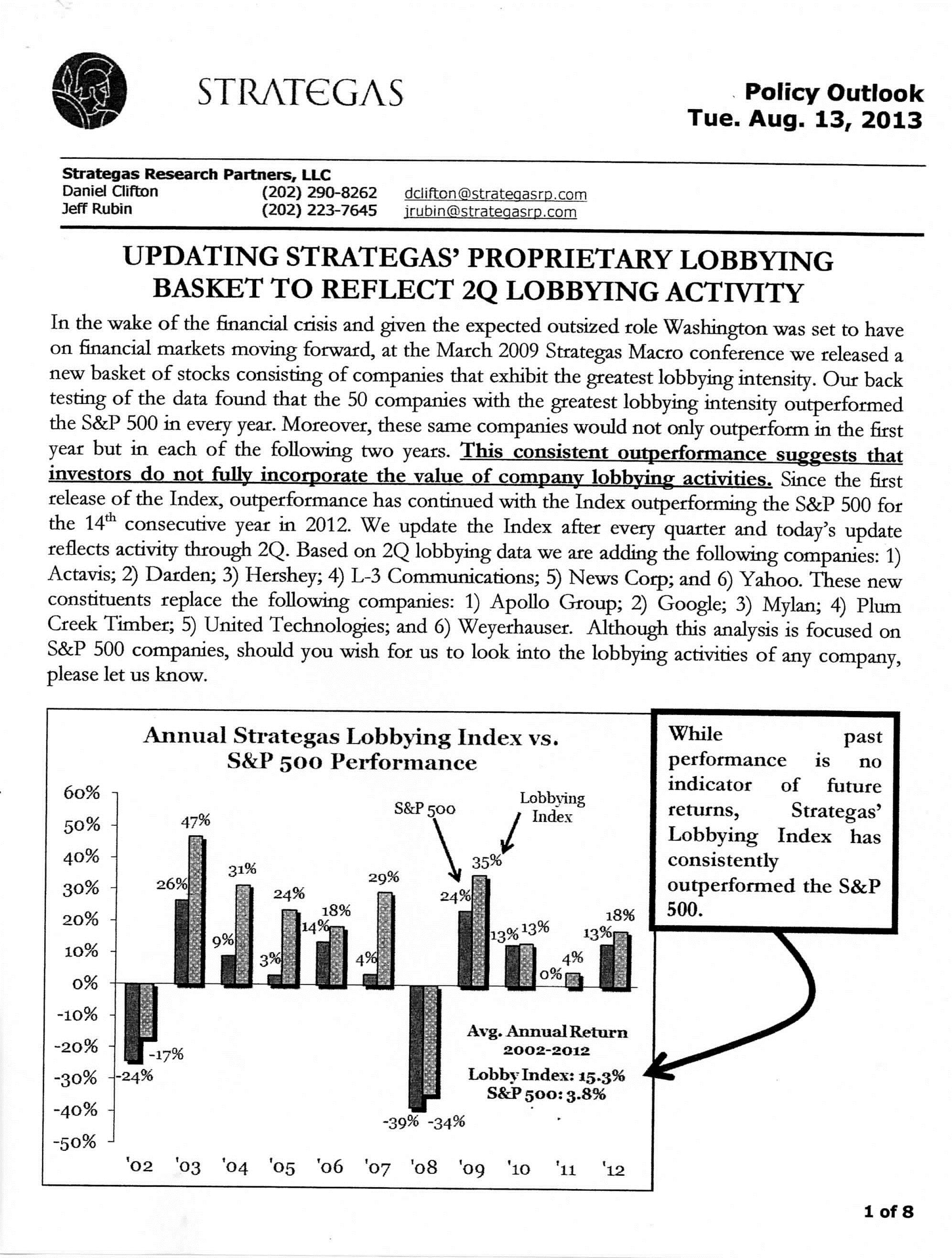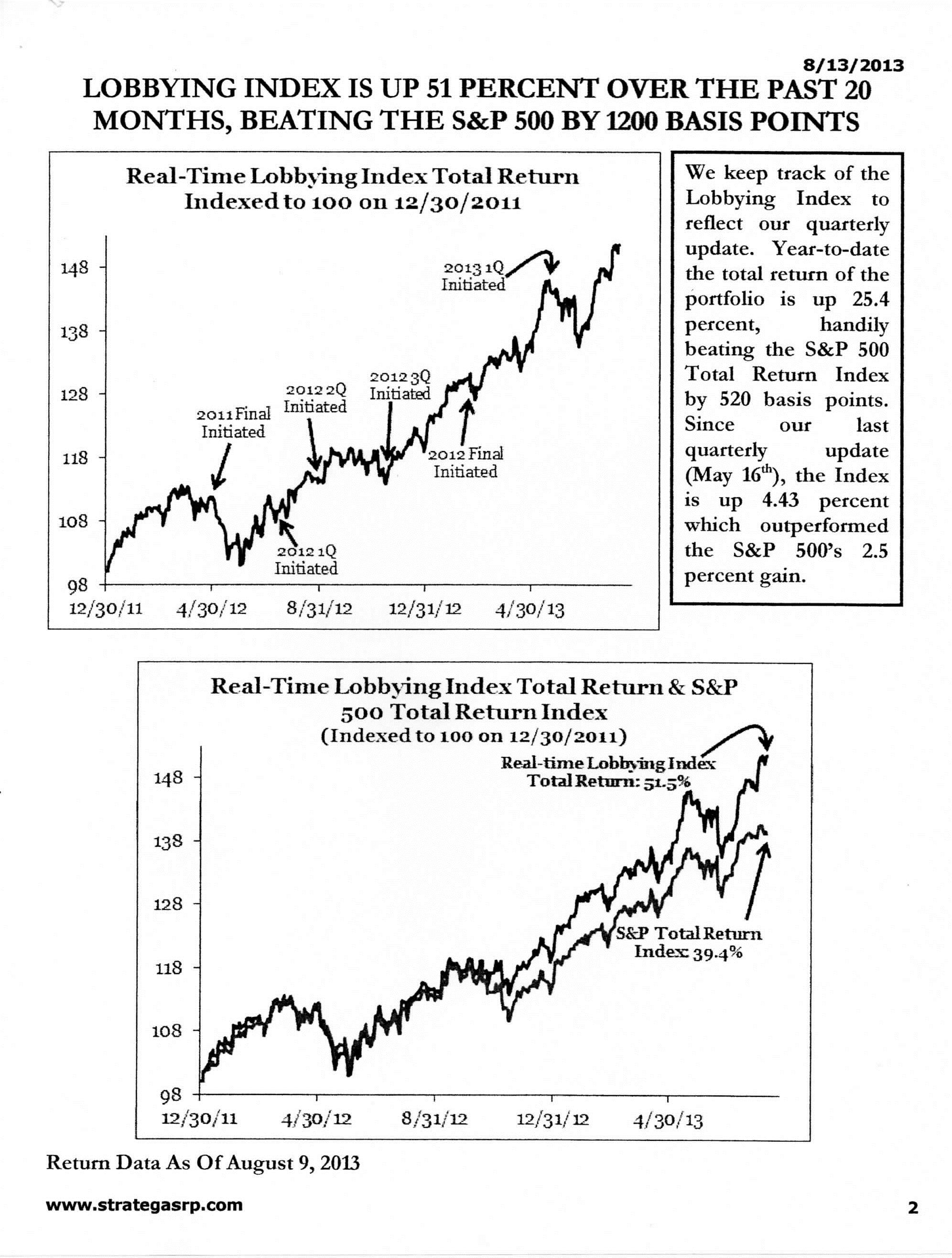| << Chapter < Page | Chapter >> Page > |
These rent-seeking activities have been at the expense of the relatively helpless, politically isolated small farmers and in favor of the manufacturing interests and civil servants.
One of the most interesting things about this literature shows political uses of economic inefficiency (see Bates book). In the U.S. and elsewhere economic rents can reflect political uses for governments.
Rent-seeking and corruption are not synonymous, but first cousins.
Now, what is the international gesture for “waiter, please bring me the check?” (show finger).
Again, what is the universal international gesture for corruption, bribery, etc? Ask. (two fingers/one thumb)
Not all rent-seeking is necessarily corruption (lobbying for congressional earmarks for a hospital in your town is not corruption but, may however lead to bad government).
But, virtually all corruption tends to fall into the category or rent-seeking .
We do not focus on the moral issues. Only the economic costs of corruption.
Summarize a few studies. Example: A study in Uganda found that 8% of the Total castoff running a business was in the form of bribes to government officials. In Argentina, corruption increases the price of hospital supplies by 15% (Mexico – bribes affected 10% of government transaction). The Indonesian economic meltdown of 1997-98 (economic collapse) caused partly by decades of corruption corroding almost all institutions across nations.
Consider the Corruption Perception Index. Published by Transparency International. What does the index show?

Now, contrast the invisible hand with the invisible foot . Adam Smith coined the phrase “invisible hand” in 1776 ( The Wealth of Nations ). He also recognized that in a market system there are going to be pressures for rent-seeking, even corruption.
This quote from The Wealth of Nations describes the invisible foot :
People of the same trade seldom meet together, even for amusement and diversion, but that the conversation ends in conspiracy against the public, or in some contrivance to raise price.
Hot off the press:
Southern Economic Journal 2009, 75(3): 663-680
Gender, Culture, and Corruption: Insights from an Experimental Analysis
Vivi Alatasa, Lisa Cameron, Ananish Chaudhuri, Nisvan Erkal,&Lata Gangadharan
Previous studies suggest women less tolerant and carry.
A substantial body of work has explored the differences in the behavior of men and women in diverse economic transactions. This article investigates gender differences in behavior when confronted with a common bribery problem. Based on data collected in Australia, India, Indonesia and Singapore, show that while women in Australia are less tolerant of corruption than men in Australia, no significant gender differences are seen in India, Indonesia and Singapore. Hence, findings suggest that the gender differences reported in the previous studies may not be as universal as stated and may be more culture-specific .
Earlier, I mentioned licensing and rent-seeking. Rent-seeking in U.S. well described in (NBER paper #14308 by Morris M. Kleiner, Alan B. Krueger), they cited barriers for entry and rent-seeking.
Typical occupations in the U.S. include occupational licensing for barbers, beauty shops, funeral homes directors, architects, etc. Licensing has long been an important unnoticed institution in many labor forces including as it has in Greece, where licensing has hamstrung the economy for decades restricting entry to dozens of actual markets. See Table 9-1. There Greece ranks 119 th in the Index of Economic Freedom, the lowest position for any developed nation.
In the U.S., the Federal, State and local licensing systems, occupations are subject to license in at least one state, 1,100 occupations were either licensed or certified. In 2006, fully 29% of the U.S. labor force was required to hold some kind of license.
Working a licensed job is associated with wages 15% higher, other things being equal. This 15% differential is largely a rent flowing from restriction or entry into a profession.
Here again, we encounter the inter-connectedness of issues in growth, in this case rent-seeking and income inequality.
For several decades after 1960, economists utilizing the work of Harvard’s Simon Kuznets, believed that there was a necessary connection between economic growth and inequality. Kuznets had that as growth and development begins in a nation, inequality first tends to rise, largely because of a shift out of agriculture (low wage, but more equal wages) into industry (more unequal wages). But, as the nation develops, Kuznets claimed inequality begins to fall.
The Kuznets hypothesis (Kuznets curve) is not widely accepted today.
In several recent empirical studies there seem to be no necessary connection between rapid growth and rising inequality. Michael Bruno and colleagues instead found that in a sample of 44 nations from 1981-92, inequality slightly rose with higher rates of economic growth rates in 22 nations, but in the other 22 with higher growth, inequality actually fell . And of course, we know that on the “Gang of Four” nations (Korea, Taiwan, Singapore and Hong Kong) very rapid rates of growth (>8% year over 3 decades) were associated with rising income equality, not inequality.
At least four factors seem to be positively associated with experience with high growth and improving income equality .
For those ??interested?? in pursuing this topic further, see Jeanet Sinding Bentzen, “How Bad is Corruption: Cross Country Evidence,” Review of Development Economics 16(1) 2012
Figure 9-13a

Figure 9-13b


Notification Switch
Would you like to follow the 'Economic development for the 21st century' conversation and receive update notifications?